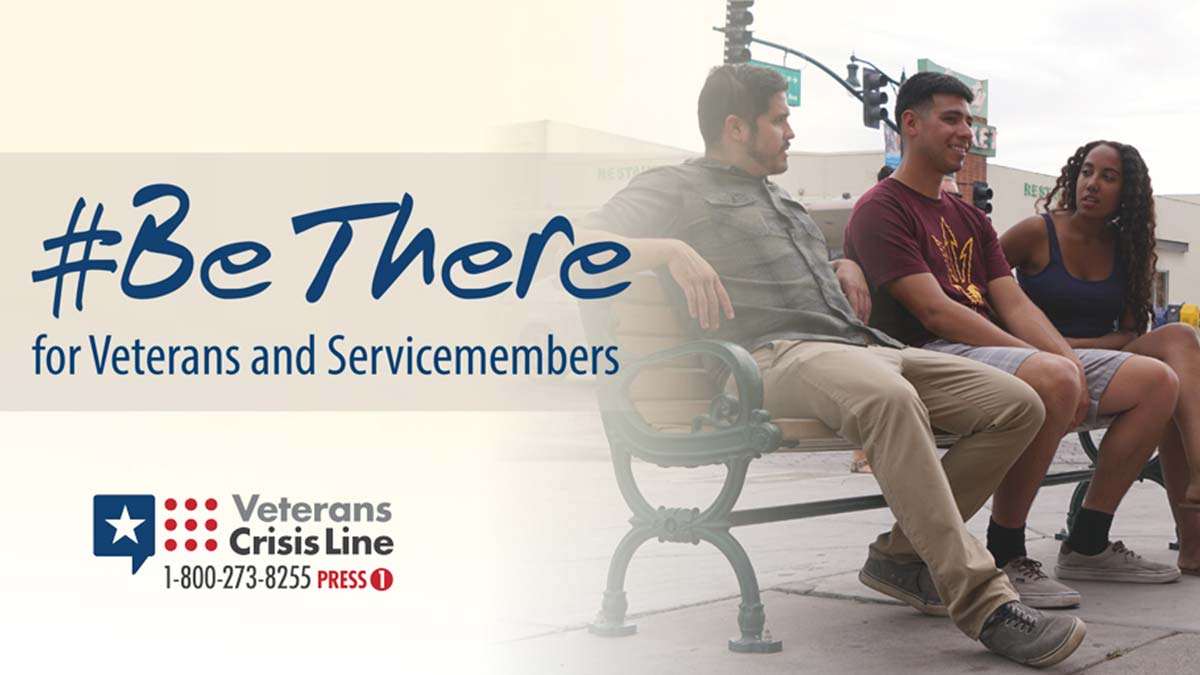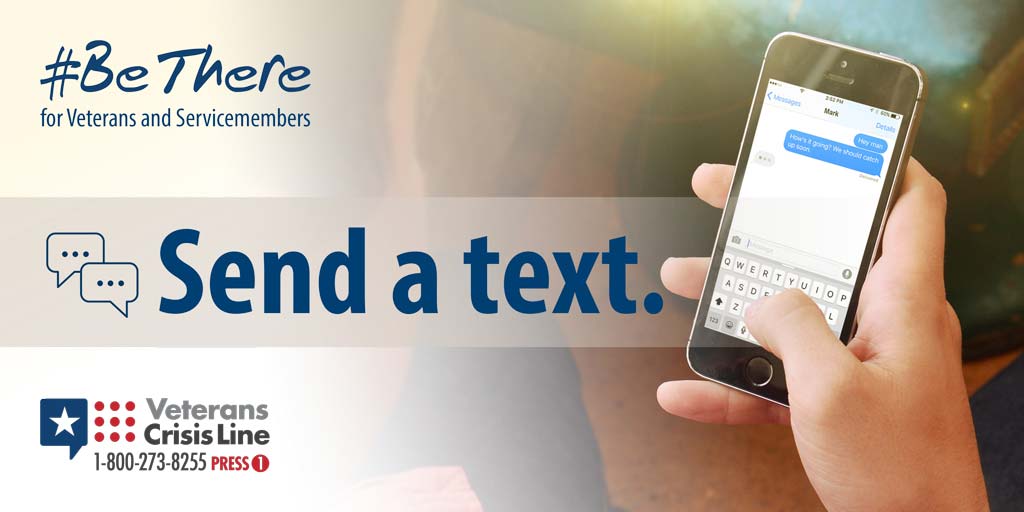
U.S. Department of Veterans Affairs’ research shows that 20 veterans die by suicide every day, and in the words of VA Secretary David J. Shulkin, “One suicide is too many.”
The VA is now taking a predictive approach to suicide prevention. Six years ago, the VA committed to putting resources, services, and all technology available towards reducing veteran suicide. Part of that effort is a program called Recovery Engagement and Coordination for Health—Veterans Enhanced Treatment (REACH VET), a program that began as a pilot in October 2016 and was fully implemented across the VA in April of this year.
REACH VET analyzes existing data from veterans’ health records to identify those at a statistically elevated risk for suicide, hospitalization, illness, or other adverse outcomes. This allows the VA to provide them pre-emptive care and support, in some cases before suicidal thoughts have even occurred.
Once a veteran is identified as at risk, their mental health or primary care provider reaches out to them. According to a report on NPR’s Morning Edition, the phone call might sound something like, “Your name came up as somebody who is at very high risk for suicide, and we’re concerned about you.”
The VA has been doing intensive research on suicide over the past decade, and they have learned how best to approach the topic. Reaching out to someone and asking them if they are suicidal does not trigger a suicide attempt. In fact, the response from veterans has been positive, and they appreciate the support.
Research has also provided insight into those methods which have proven less successful; for instance, pacts like the Oath of Exit where, upon leaving service, troops promise to reach out to another vet if they are feeling suicidal. Dr. Craig Bryan at the University of Utah says it’s difficult for someone who is suicidal to keep promises.
The VA is also encouraging the public, through the #BeThere awareness program, to reach out to veterans at risk. The program provides downloadable materials, including social media assets, that can help you spread the word and encourage people in your community to reach out and connect with veterans and service members who may be going through a difficult time.
In many cases, the first step toward healing for at-risk veterans is the simple reminder that someone is thinking of them, that someone cares enough to offer support and help direct them to resources which can provide the care they need.

